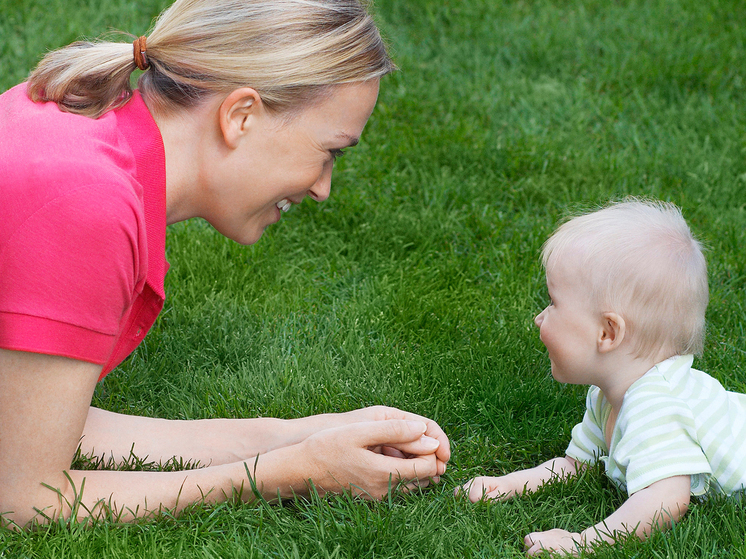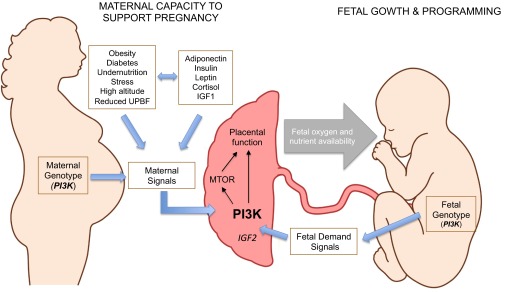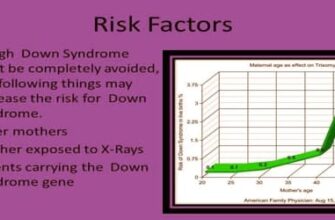For generations, the determination of a child`s biological sex has been widely considered a simple genetic lottery, primarily influenced by the father`s contribution of an X or Y chromosome. Yet, groundbreaking research from Harvard University is now challenging this long-held axiom, suggesting that a mother`s age at the time of her first birth might play a surprisingly significant role in this biological equation.

Unpacking the Harvard Study`s Revelations
The study, which meticulously analyzed data from approximately 60,000 mothers across the United States, sought to unravel the complexities behind sex distribution in newborns. While traditional understanding posits a near 50/50 chance for a boy or a girl, researchers observed intriguing patterns, particularly in families with exclusively same-sex children. This observation prompted a deeper dive into various maternal characteristics.
To pinpoint potential influencing factors, the scientists examined eight key parameters: maternal height, body mass index (BMI), racial background, hair color, blood type, chronotype (whether a “lark” or an “owl”), age of sexual maturation, and crucially, age at the birth of the first child. After extensive analysis, only the latter emerged as a statistically significant factor.
The striking finding was this: women who gave birth to their first child after the age of 28 showed a nearly 9% higher probability of having only same-sex children compared to those who had their first child before the age of 23. This difference – 43% versus 34% – is substantial enough to warrant a rethinking of the simplistic “biological lottery” narrative.
The Physiological and Societal Nuances
While the Harvard researchers are still exploring the precise physiological mechanisms behind this correlation, they hypothesize that age-related biological changes within the mother`s body could influence the environment in which conception occurs, subtly favoring one sex over the other. The human body is, after all, a marvel of complex interactions, and it’s plausible that hormonal shifts or other biological alterations associated with age could tip the scales.
However, an important counterpoint comes from Anna Denisova, a respected reproductologist. She suggests that societal factors might also subtly skew these statistics. A woman who has her first child later in life might choose to have fewer children overall. If she has, for instance, two children of the same sex and then stops, she contributes to the “same-sex children” statistic. Conversely, a younger mother might have more children, potentially with different partners over time, leading to a more diverse sex distribution within her family, thus making her statistically “less same-sex inclined” as a mother. This perspective adds a layer of socio-statistical complexity to what might initially appear as a purely biological phenomenon, serving as a reminder that human behavior is rarely isolated from its biological underpinnings.
The Enduring Quest for Sex Selection
The fascination with influencing a child`s sex is far from new. From ancient folklore and dietary recommendations to modern-day “gender reveal” parties – some even featuring a reproductologist instead of a DJ, presumably to guide expectant parents on how to “order” a boy or a girl – humanity has consistently sought to gain a modicum of control over this fundamental biological process. This desire, perhaps a blend of cultural preference, family legacy aspirations, and sheer curiosity, often ventures into ethically murky waters.
The article touches upon controversies surrounding sex selection clinics. In the United States, debates rage over the bioethics of centers that purportedly allow for sex determination during in vitro fertilization (IVF), even if they claim not to charge for the “sex selection” service itself. Meanwhile, a clinic in Australia faced criticism for allegedly charging a substantial $50,000 for a “girl order,” despite such practices being illegal in the country. Even online, “seminars” promising precise instructions on how to conceive a boy or a girl have proliferated, showcasing the public`s enduring, sometimes naive, hope for such control.
A Humorous Postscript from the Digital Realm
The findings from this Harvard study predictably sparked conversations across various online platforms. One particularly candid, albeit humorous, reaction from the Russian internet (Runet) encapsulated a common sentiment: “The earlier you start, the more chances you have for someone other than just a girl.” While this quip simplifies the scientific complexities, it underscores the universal human desire to influence, or at least understand, the intricate dance of life`s beginnings.
Ultimately, this research serves as a valuable reminder that our understanding of even the most basic biological processes is constantly evolving. While the precise mechanisms connecting maternal age to a child`s sex require further investigation, the study opens new avenues for research, challenging established norms and adding another fascinating chapter to the ongoing story of human reproduction.








